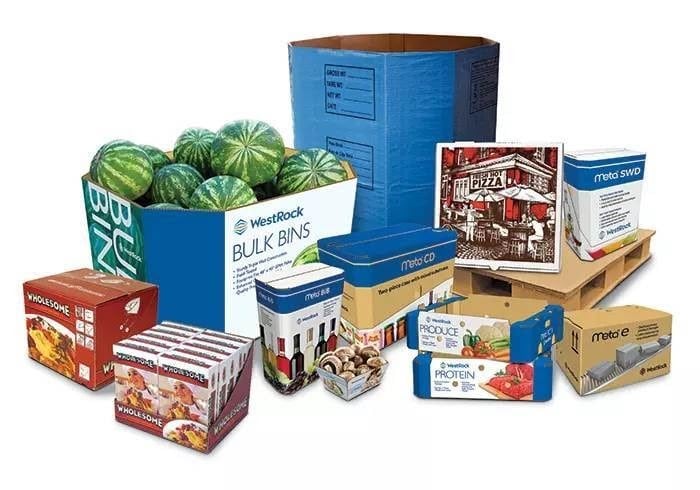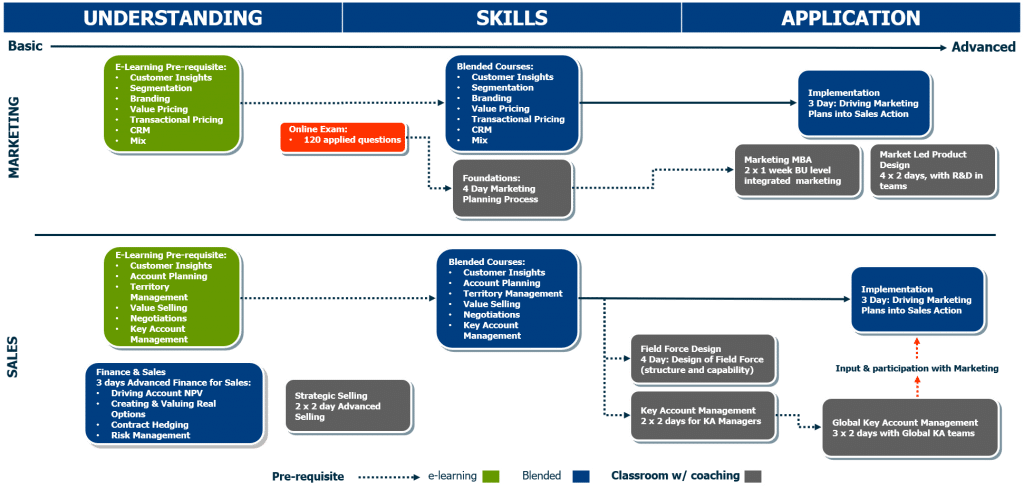The Challenge
A vertically integrated global leader in packaging launched a new strategy, shifting their offer from individual paper and plastic products to packaging solutions. This shift required the transformation of their commercial capability with implications for R&D, marketing, sales and technical service.


